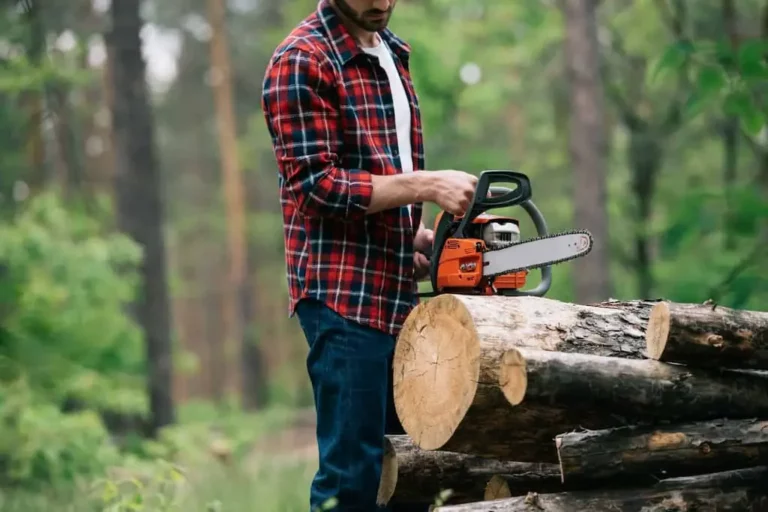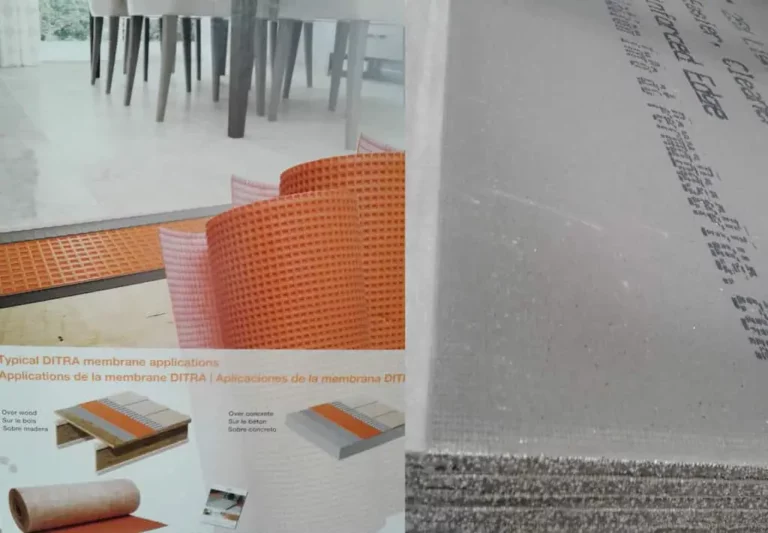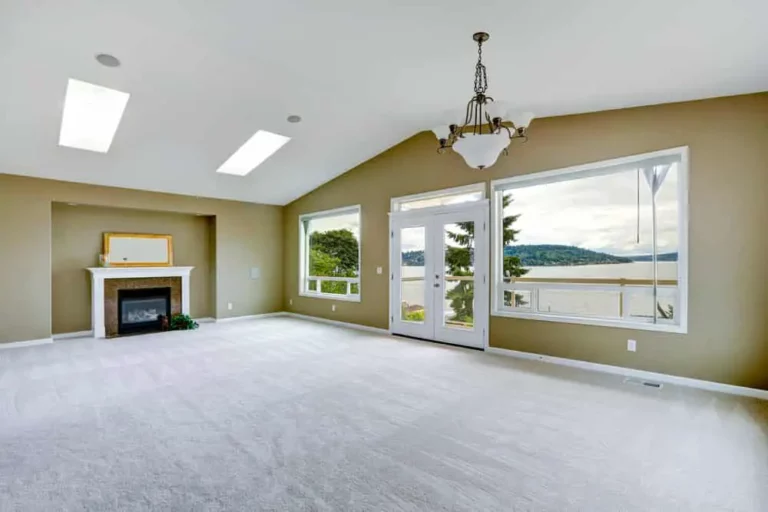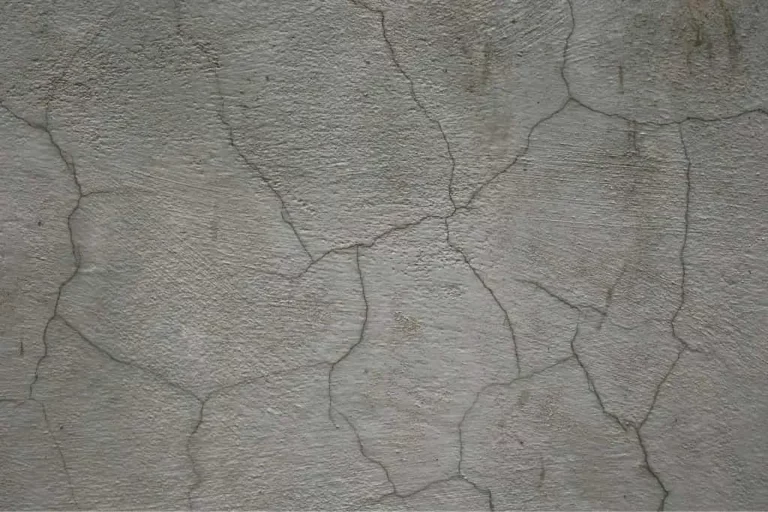How to Prevent Mold Under Vinyl Flooring – a Practical Guide
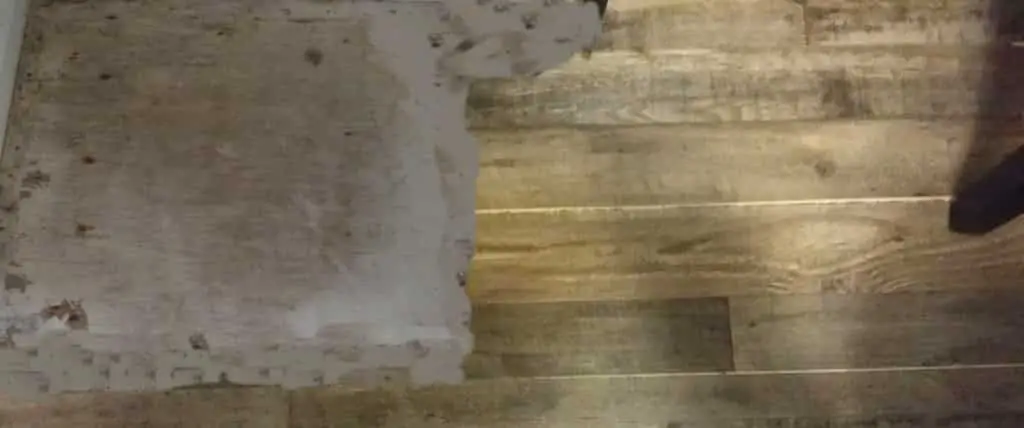
Just as mold can develop on top of your vinyl flooring, so too can it form underneath it! As mold tends to grow in dark, hidden places, it can be hard to see. By the time you end up discovering it, there’s often so much growth that it can be both difficult and expensive to remove. Which bring us to the inevitable question, ‘what can I do to prevent mold under my vinyl flooring?’
To prevent mold under vinyl flooring, you need to properly maintain it and keep it dry. Moisture caused by a large water leak, such as a broken pipe or a flood, can result in mold. As well, a small water leak from behind a sink or toilet, can also lead to mold growth over time. Any amount of water that seeps under the flooring or along the baseboards, if left unchecked, will likely result in mold.
Now that you know what causes vinyl flooring to mold and how to prevent it, let’s take a closer look at this in more detail below. We’ll discuss how to find mold under vinyl flooring and how to remove it. We’ll also explain the benefits of using a moisture barrier under vinyl flooring as well as how to install it. We’ll even look at some of the potential health risks associated with mold in the home.
So, if you’re ready to learn more about how to maintain your vinyl flooring and prevent mold, then let’s get to it!
What Happens if Vinyl Flooring Gets Wet?
Vinyl flooring is usually either glued to a subfloor or ‘floating’ on top of it! If moisture gets underneath the planks, it weakens the glue bonds, causing the edges to lift and the middle to ‘bubble.’ Not only that, it also softens the vinyl, causing it break down which then leads to mold growth.
Can Mold Grow Under Vinyl Flooring?
Vinyl flooring, by design, is water-resistant. However, if moisture happens to seep along the edges near the baseboards or standing water is left for too long and leaks through cracks in the flooring, it can cause mold and mildew to form.
How Do You Find Mold Under Vinyl Flooring?
If you happen to notice a musty smell often associated with mildew, that’s usually a good indicator of a possible mold problem. The best way to know for sure is to inspect the wall first for any signs of mold, including dark spots and/or paint discoloration. If moisture has managed to seep through the edges along the floorboards, there’s a good chance the mold will grow not only under the flooring but up on the wall as well.
Carefully lift-up the vinyl flooring covering and check underneath. You may need to do this in a few different spots throughout your home. If you do find mold under the covering, then you must check under the floorboards too. Do this by removing small squares of material and then, using a flashlight and a small, hand-held mirror, look for any signs of mold. Again, multiple squares will need to be removed in order to properly check the entire floor.
Do You Need a Moisture Barrier Under Vinyl Flooring?
If you’re installing vinyl flooring on top of a wood subfloor, there’s no need to use a moisture barrier. On the other hand, if you’re installing vinyl flooring over an existing floor, such as hardwood, laminate or tile, then you should lay some cork or foam down first. This not only helps prevent moisture damage by protecting the floor against leaks and condensation, it also provides extra cushioning, making the floor feel softer under-foot.
In case of vinyl plank in the basement is my recommendation to use a product like DMX ( dimpled membranes ) over concrete, this product is a moisture, mold, sound and thermal barrier. The main recommendation when you use a membrane the vinyl plank must be 5 mm or higher.
How Do You Install a Moisture Barrier Under Vinyl Flooring?
To properly install a moisture barrier under your vinyl flooring, you need to apply the following 5 steps:
- Roll the moisture barrier lengthwise onto the floor – leave an extra 2 to 3 inches along each side to overlap against the wall.
- Lay the next row and overlap with an additional 3 to 8 inches, depending on the manufacturer’s guidelines.
- Use moisture-resistant adhesive or Tuck Tape to seal the seams tightly along the length of the underlay material.
- Repeat the lay-and-seal steps above until the entire floor is covered with underlay – be sure to overlap the seams along the length of each row between the pieces of moisture barrier.
- Use a utility knife and remove any excess material along the wall after the new vinyl flooring and baseboard trim have been installed.
Please note that even though you can ‘patch together’ pieces of moisture barrier to create the desired length you need, it’s best to limit this practice whenever possible, or simply avoid it altogether! Joining too many seams can lead to a build-up of underlay material, resulting in an uneven floor. Instead, it’s recommended you use a new role of moisture barrier, if (and when) necessary.
How Can I Get Rid of Mold Under My Vinyl Floor?
To remove mold from underneath your vinyl flooring, try following these 5 simple steps:
- Mix 2 tablespoons of chlorine bleach with 1 quart of warm water and then pour the liquid into a spray bottle.
- Spray the moldy area of vinyl flooring with the mixture to kill the mold spores and prevent them from becoming ‘airborne.’
- Put on some disposable rubber gloves and then take a scrub brush to the moldy area. Spray the floor again with the bleach/water mixture and scrub vigorously, if necessary.
- Rinse the area after scrubbing with warm water and then towel dry to remove any lingering mold residue from the floor.
- Mop the area completely. Toss the mop head, towel and your clothing into the washer, rinse the scrub brush thoroughly with hot water and discard the rubber gloves.
How Do You Dry Water Under Vinyl Flooring?
If the unthinkable happens and you experience a leak or flood in your home, you may still be able to dry the vinyl flooring without having to replace it. You could try using a shop vac first, to suck up as much water as possible. Then, turn on a fan or run a heater in the room for a few days to remove any excess moisture from the area.
If the water damage is excessive, you’ll likely need to lift the vinyl flooring up so the concrete or wood subfloor can dry out completely. If the vinyl is attached to a moisture barrier, once the underlayment is dry, you can probably relay it and the vinyl flooring as well.
Is Mold Under Vinyl Flooring Dangerous?
Mold in your home is not only unpleasant, it’s also dangerous! Mold can cause many health problems, including allergic reactions, asthma attacks and lung damage! Therefore, it’s imperative to get rid of any (and all)traces of it from your home as soon as possible!
As mold spores spawn and grow, they release dangerous organic compounds into the air. These produce allergens, irritants and toxins which make it difficult to breath and cause itchy, watery eyes, sneezing and coughing. If your home is ‘overrun’ by mold, then you’ll need to have it professionally removed.
Conclusion
In order to prevent mold from forming under your vinyl floor, you need to maintain it properly and keep it dry. Moisture caused by a large water leak, such as a broken pipe or a flood, can seep through the flooring and along the baseboards, resulting in mold. Even a small water leak from behind a sink or toilet can lead to mold growth over time. Therefore, it’s imperative to remove mold from your home as soon as possible, as it can cause serious health issues if left unchecked.
Good luck with your future home repairs!

